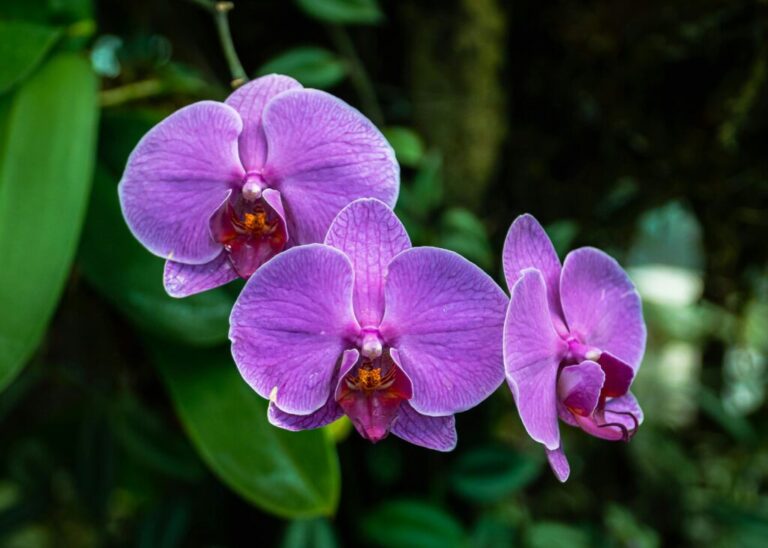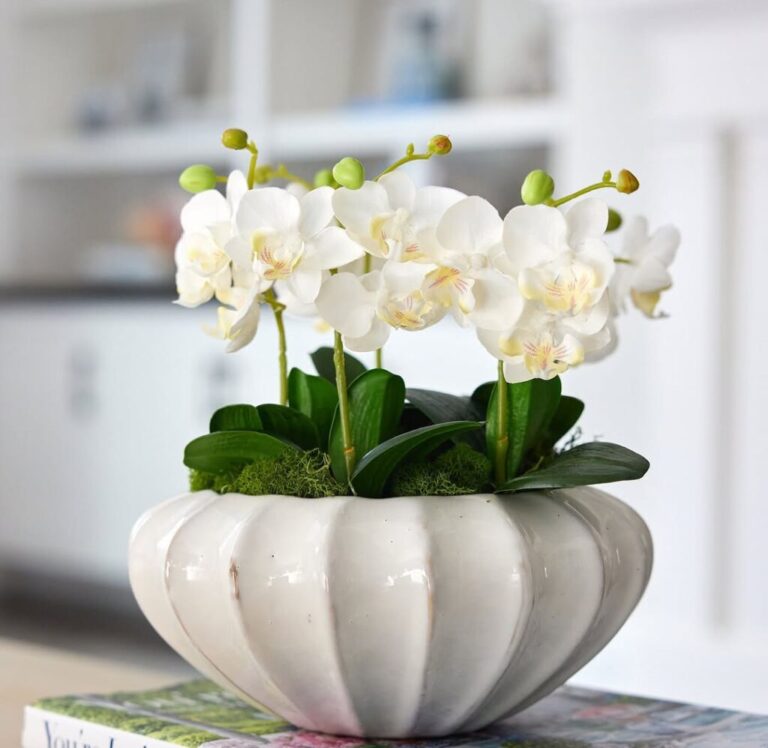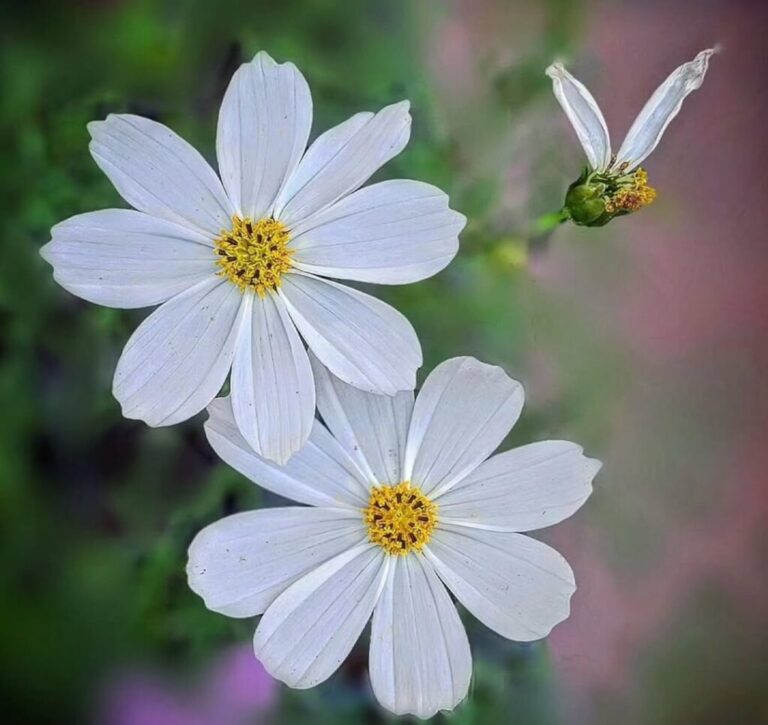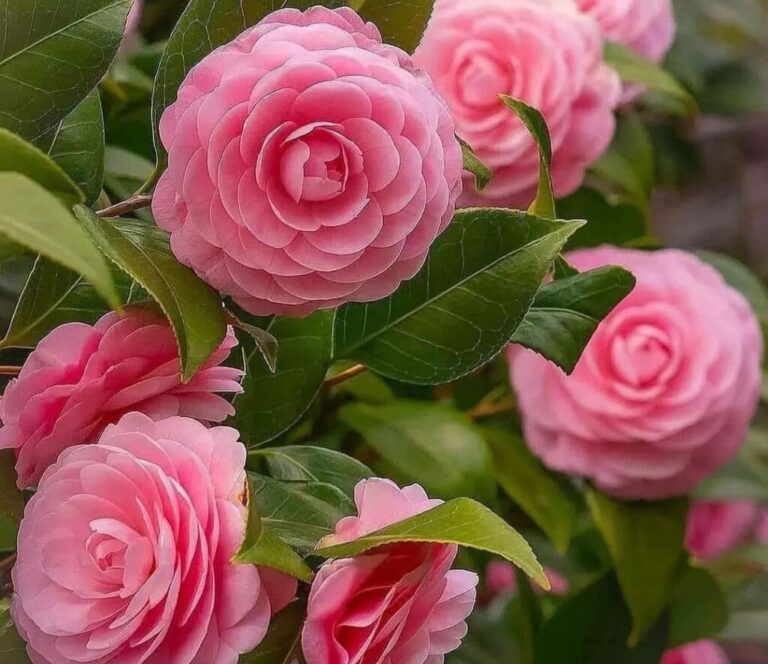Are you new to growing orchids and looking for the perfect beginner-friendly plant? Look no further than Dendrobium jenkinsii. This miniature orchid is admired for its vibrant yellow flowers, compact size, and charming appearance. It’s relatively easy to care for and doesn’t require a greenhouse or fancy equipment. Whether you’re a total novice or just getting started with your plant journey, Dendrobium jenkinsii is a wonderful addition to your collection. In this detailed guide, you’ll learn everything you need to successfully grow and care for this lovely orchid at home.

- 1 What Is Dendrobium Jenkinsii?
- 2 Ideal Growing Conditions
- 3 Light Requirements
- 4 Temperature & Humidity
- 5 Air Circulation
- 6 Watering & Feeding
- 7 Fertilizer Use
- 8 Potting & Mounting
- 9 Best Potting Medium
- 10 Repotting Tips
- 11 Encouraging Blooming
- 12 Common Problems and Fixes
- 13 Beginner Tips for Success
- 14 FAQs – Dendrobium Jenkinsii Care
What Is Dendrobium Jenkinsii?
Dendrobium jenkinsii is a miniature epiphytic orchid native to the lower Himalayan region and parts of Southeast Asia, especially India, Myanmar, and Thailand. Unlike larger orchids, it stays compact, making it ideal for small indoor spaces or decorative orchid displays. The plant forms short, egg-shaped pseudobulbs with one or two leathery leaves, and in spring, it bursts into bloom with clusters of golden-yellow flowers. Each bloom lasts several weeks and has a striking lip that gives it an exotic look. Its small size, charming flowers, and fuss-free nature make it perfect for beginners.
Ideal Growing Conditions
Light Requirements
Dendrobium jenkinsii thrives best in bright, indirect sunlight. It naturally grows under forest canopies where light is filtered, so mimicking this environment is key. An east-facing window is ideal, where it gets morning light but avoids harsh afternoon rays. If the leaves are dark green, that’s a sign your plant isn’t getting enough light. If they turn yellow or look scorched, it may be receiving too much direct sun. Aim for a spot where the light is bright but diffused—it will help your plant grow strong and encourage flowering.
Temperature & Humidity
This orchid enjoys seasonal temperature changes, which actually help trigger blooming. During the day, keep the temperature between 20–30°C (68–86°F). At night, it prefers a cooler drop to about 10–15°C (50–59°F). These fluctuations mimic the natural habitat of Dendrobium jenkinsii and are essential for healthy growth. In terms of humidity, try to maintain levels between 50% to 70%. If your environment is dry, especially during winter, consider using a humidifier or a humidity tray filled with pebbles and water. Proper temperature and humidity are key to blooming success.
Air Circulation
Good airflow is an often-overlooked but critical part of orchid care. In the wild, orchids grow in open areas with lots of natural air movement. Without it, stagnant air can lead to mold, rot, and pest infestations. Place your Dendrobium jenkinsii where there’s gentle airflow—near a fan or open window is perfect, as long as it’s not too drafty. If you’re growing in a terrarium or enclosed space, make sure to open it regularly to allow fresh air in. Proper circulation also helps the plant dry out evenly after watering.
Watering & Feeding
Watering this orchid properly is one of the most important aspects of care. During its growing season—typically spring through early fall—water your Dendrobium jenkinsii thoroughly once the potting medium is dry. Don’t let it sit in water, as this can lead to root rot. Watering should be severely reduced in the winter to mimic a dry rest time. This rest is necessary to encourage blooming. When you do water, make sure it’s early in the day so the plant dries by evening. Always check moisture with your finger before watering again.
Fertilizer Use
Fertilizing keeps your orchid healthy and ready to bloom. Use a half-strength diluted version of a balanced orchid fertiliser, like 20-20-20, and fertilise your plant every two weeks during the growing season. Stop fertilizing altogether in late autumn to give the plant its natural rest. Over-fertilizing during dormancy can actually harm the plant and delay flowering. It’s a good idea to flush the potting medium with clean water once a month to prevent salt buildup from the fertilizer. A well-fed orchid rewards you with better growth and brighter blooms.
Potting & Mounting
Best Potting Medium
Dendrobium jenkinsii grows best in a well-draining medium because its roots need air just as much as water. Use fine orchid bark, sphagnum moss, or a mixture of both. If you want to go natural, you can mount it on a piece of cork bark or driftwood—this mimics its epiphytic lifestyle in the wild. Mounted orchids provide excellent airflow but require more frequent watering. Whether potted or mounted, never let the roots stay soggy. A breathable medium ensures healthy root development and protects against fungal issues.
Repotting Tips
This orchid doesn’t need frequent repotting. Every 2–3 years is ideal, or when you notice the potting medium breaking down or the roots becoming overcrowded. Always repot after flowering, not during its rest period. Choose a small pot that just fits the roots, as too much space can lead to water retention and root rot. Gently remove old medium, trim any dead roots, and repot using fresh mix.Wait a few days after repotting to water in order to give the roots time to settle and recover.
Encouraging Blooming
To get your Dendrobium jenkinsii to bloom, you need to mimic its natural growth cycle. In winter, stop watering completely for about 4–6 weeks to give the plant a dry rest. Keep it in a cooler area with temperatures dropping at night, and increase light exposure slightly. This period of rest tells the plant it’s time to prepare for flowering. Once you see tiny buds forming in early spring, resume watering and feeding gradually. Following this natural cycle will encourage a spectacular display of vibrant yellow flowers each year.
Common Problems and Fixes
Like all orchids, Dendrobium jenkinsii may face a few common issues. If your plant isn’t blooming, it’s likely not getting a proper dry rest or enough light. Wrinkled pseudobulbs are usually a sign of underwatering or root rot—check the roots and adjust your routine. Yellowing leaves can indicate sunburn or just natural ageing. Poor ventilation or excessive watering might lead to mould or rot. By watching your plant closely and adjusting care as needed, you can avoid most issues and keep your orchid healthy and thriving.
Beginner Tips for Success
The keys to success with Dendrobium jenkinsii are patience and observation.Keep a simple notebook or phone log to track watering and blooming cycles. Use rainwater or distilled water if your tap water is hard. Give your plant time to adapt to changes, and don’t panic over a few yellow leaves. Most importantly, mimic nature—bright filtered light, seasonal dry rest, cooler nights, and gentle humidity. Once you understand your orchid’s rhythm, you’ll see how easy and rewarding it can be to grow even as a beginner.
Dendrobium jenkinsii is a miniature marvel in the orchid world. It’s low-maintenance, space-saving, and bursts into cheerful yellow blooms when given the right care. By following its natural cycle and providing the right environment, you can enjoy this beautiful plant for many years. It’s truly a perfect orchid for beginners who want a joyful and rewarding plant experience. Add one to your collection and see how even a small orchid can make a big impact on your indoor garden!
FAQs – Dendrobium Jenkinsii Care
What is Dendrobium Jenkinsii?
Dendrobium Jenkinsii is a miniature epiphytic orchid species known for its stunning yellow blooms and compact size. Native to the Himalayas and Southeast Asia, it grows naturally on tree trunks and branches. Its vibrant flowers, ease of care, and unique growth habit make it a favorite among orchid enthusiasts.
How much light does Dendrobium Jenkinsii need?
This orchid requires bright, indirect light to thrive. It does best when placed near an east or south-facing window, where it gets filtered sunlight. Avoid harsh, direct midday sun, as it can burn the leaves. If growing outside, use a tree or shade cloth to provide some shade or dappled sunshine.
What is the best temperature range for Dendrobium Jenkinsii?
Dendrobium Jenkinsii prefers intermediate to warm temperatures, ideally between 60°F to 85°F (15°C to 29°C). It can tolerate short drops in temperature but should be protected from frost and cold drafts.In order to encourage blossoming in the spring, a small decrease in nighttime temperatures during the winter is beneficial.
How often should I water Dendrobium Jenkinsii?
Water this orchid thoroughly during its growing season, which spans spring through summer. Between waterings, let the potting medium dry a bit. In winter, when the plant is dormant, reduce watering significantly to avoid rot. Always use room-temperature water and ensure good drainage to prevent waterlogging.
Does Dendrobium Jenkinsii need a winter rest?
Yes, a cool, dry winter rest is essential for healthy growth and blooming.Reduce watering during this time to just enough to keep pseudobulbs from shrivelling. Stop fertilizing completely. Mimicking its natural seasonal rhythm encourages the plant to produce vibrant flowers once the active growing season returns.
What kind of potting mix is suitable?
Dendrobium Jenkinsii thrives when mounted on bark, cork, or tree fern slabs, mimicking its natural environment. Alternatively, you can grow it in a small pot with a fast-draining orchid mix such as fine-grade fir bark, charcoal, and sphagnum moss.For roots to grow healthily, proper drainage and airflow are essential.
How often should I fertilize it?
During the growing season (spring to early fall), fertilize every 2 to 3 weeks using a balanced orchid fertilizer diluted to half strength. This helps promote strong growth and flowering. Stop fertilizing completely during the winter rest period to avoid overstimulating the plant when it should be dormant.
How do I encourage blooming?
To encourage blooming, provide the plant with bright light during its active growth period and ensure it experiences a cooler, drier winter rest. Consistent care, seasonal temperature fluctuations, and proper light levels are key triggers for flower spike formation in early spring. Avoid overwatering during dormancy for best results.
Is Dendrobium Jenkinsii a fragrant orchid?
Yes, the flowers of Dendrobium Jenkinsii are not only eye-catching but also pleasantly fragrant. They emit a light, sweet scent that is especially noticeable during the daytime. Although not overpowering, the fragrance adds an extra layer of enjoyment to this beautiful, compact ccorchid species when it’s in full bloom.
Can Dendrobium Jenkinsii be grown indoors?
Definitely! Dendrobium Jenkinsii is well-suited for indoor growing. Just ensure it receives enough bright, filtered light and that humidity levels are maintained around 50-70%. Frequent misting or a humidity tray can be beneficial. It’s perfect for small spaces and does well on windowsills or under grow lights.








